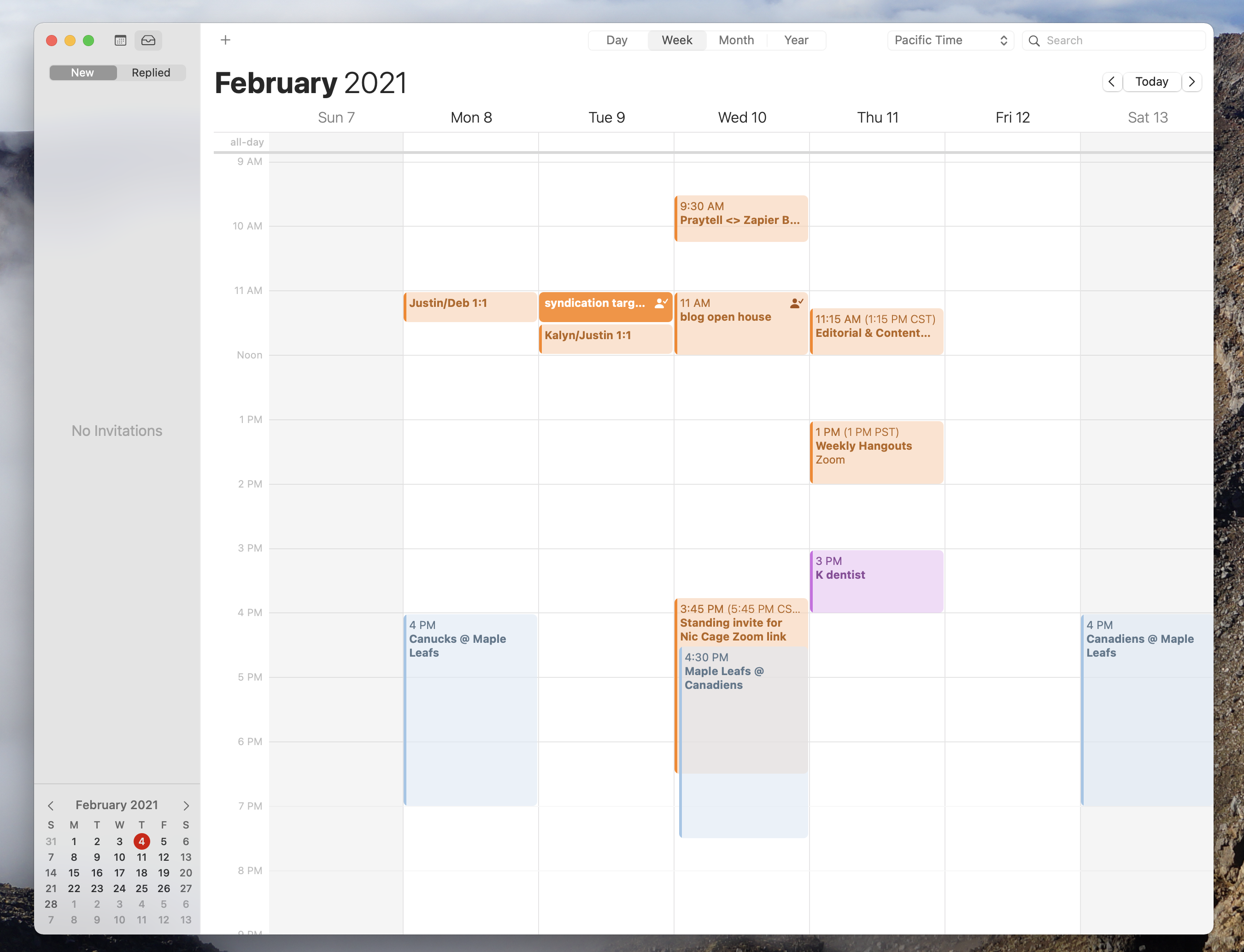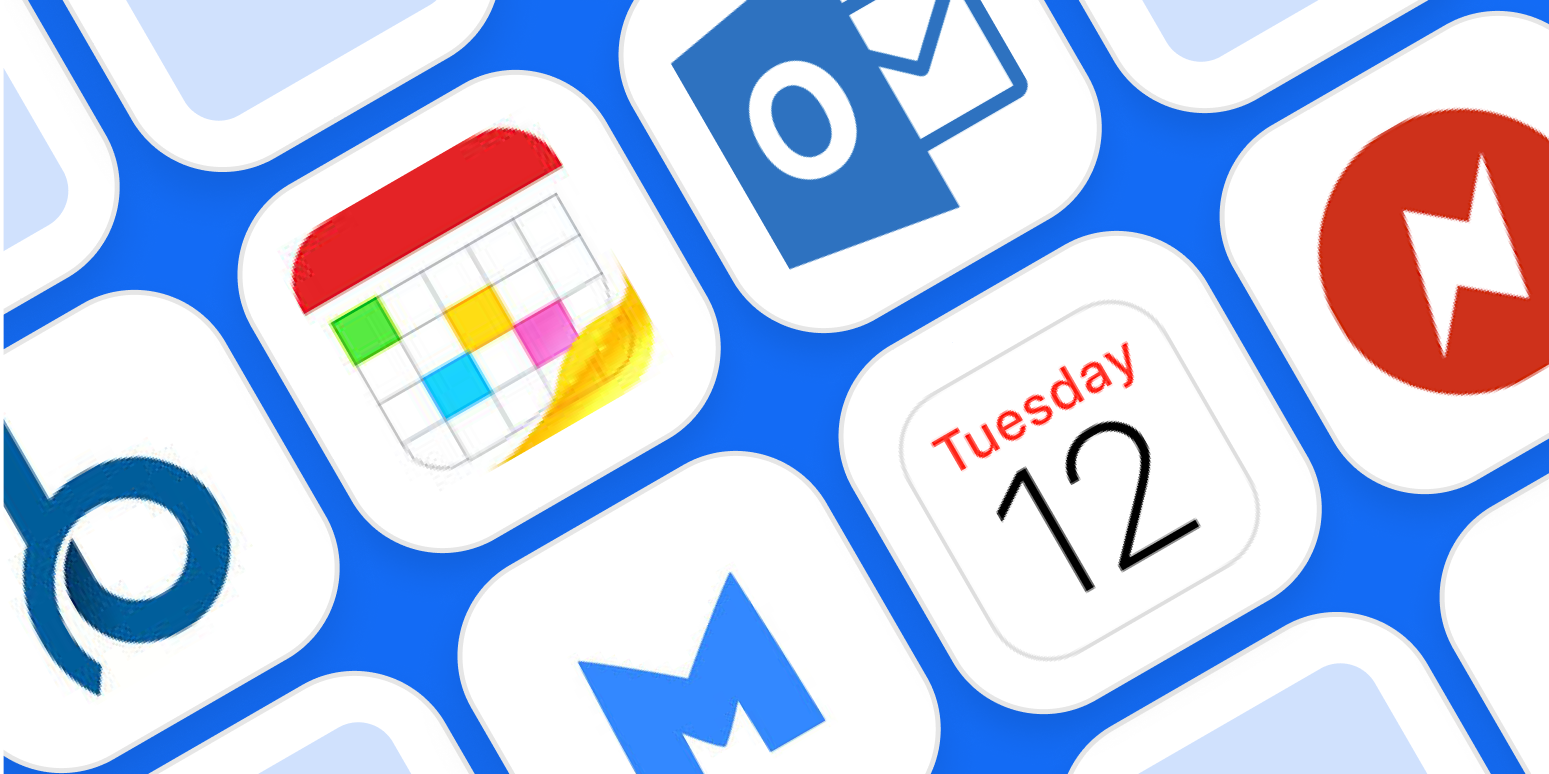
Many folks adore watching at the moon disk high in the night sky, as it is really beautiful and attractive. No matter what weather is outside and whether the clouds partly hide it, its beauty is always great and uncommon. It is a well-known fact that it has a very powerful influence upon different things, including every single identity, their health conditions and it even affects animals and plants.
Current Time: Apr 28, 2021 at 12:52:33 am: Moon Direction: ↑ 157° South Moon Altitude: 25.6° Moon Distance: 222,235 mi: Next New Moon: May 11, 2021, 3:59 pm. Pale Moon for Mac. 14,591 downloads Updated: March 3, 2021 Donationware / MPL. Review Free Download specifications 100% CLEAN report malware. User friendly web browser based on Firefox that is optimized for faster navigation, while remaining compatible with most Firefox extensions. Apr 26, 2021 OS X Yosemite v10.10.5, OS X El Capitan v10.11.6, and macOS Sierra 10.12.4 27 Mar 2017 Pages 6.1, Numbers 4.1, and Keynote 7.1 for Mac and Pages 3.1, Numbers 3.1, and Keynote 3.1 for iOS.
Undoubtedly, lots of people have heard about the moon calendar, and good part of them know how to use it. Nevertheless, many who have no notion about it. For thousands and thousands years, people of different epochs where collecting the knowledge about the various manifestations of the nature. They have figured out a lot and this knowledge has reached us too. And as you have already guessed, the Moon played a very important part in those observations. In addition, it was proved that this heaven body has a very powerful impact upon lots of happenings in the world. Thanks to all those observations and precise meanings, was initiatedthe Moon calendar. The question is, whether there is some significant help from it. The answer is definitely - YES, it can!
Aug 18, 2020 On Request! I am starting to port the Tex Murphy series for Mac OS Catalina 10.15.x+. This time I ported Tex Murphy – Under a Killing Moon. The game works already on 10.14.x or lower, but not on Catalina. So that’s why I made this port available for Catalina users. With Moom, you can easily move and zoom windows to half screen, quarter screen, or fill the screen; set custom sizes and locations, and save layouts of opened windows for one-click positioning. Once you've tried Moom, you'll wonder how you used your Mac without it.
This calendar is capable to give some good piece of advice, if using it in time and with a good notion. For instance, you may perfectly plan out marriage, different travels and holidays, the days of establishing your own business and son on. Using it correctly, we may plan a lot of big and small things. At times, it greatly helps to take the vital decisions that lead to the outstanding outcomes. Check out all the manifestations of this calendar and you will be surprised how effectual it is.
There is nothing special and complex about learning how to put to use the calendar. For instance, you can use a special program known as VeBest MoonLight. There is even a new, second version of it. This incredible and useful program gives the characteristics of each day and the characteristics of an identity. In addition, it also gives information concerning various matters of health and even days of a perfect wedding. With its assistance, you will be capable to determine the most beneficial days or find the necessary phases of 1000 years.Besides, this program has fine and smart interface. So, it is quite pleasant to work with it. It is even possible to add remarks and notes to the calendar games. It is always easy to activate on the developer's site.
Mac Os Mojave
Moon Phase software can precisely count the number of Moon days, showing their beginning and ending, and when it sets and rises. It will determine the precise Moon location in the hierarchy of Zodiac signs, its phases (novel and full Moon, ascending and decreasing). It will even show you the time of the novel and full Moon of the 1000 years of the past and future. It can reveal the alterations of the phases (current, nearest new and full Moon, and all their quarters). You will also enjoy the quality of day (the weather conditions). As you can see, this program possesses a lot of positive sides.
Thanks to the smart calculations of this helpful program, you will be capable to determine great number of different things, such as - the conditions of the day, the horoscope of the identity that was born this lunar day, indications for health and mood of the concrete day, which food to intake, how to deal with finances and do the business. As well as tips about agriculture, good and bad days for marriage and even such things as hair cutting and which style to wear.
After reading the information above, you may be probably surprised how many spheres of our life involves Moon activity. It is not that easy to keep everything in mind and Lunar Phase software will help you to find out all the smallest things concerning various cases. All the ancient and novice knowledge is kept within this smart program. The studies concerning Moon activity are at times different in various cultures as Egyptian, Asian, African and so on. The powers and manifestations of this planet are utterly essential and you should keep up to them. Having an eye upon all the indications will sufficiently help us to understand many happenings of our past, present and future life. These things are utterly important for us. Make use out of them.
You are using a browser that does not support SVG. This page relies heavily on SVG and other features that are not supported in older browser versions.
This calendar shows the Moon Phase for every day in the current month of May 2021. The first day starts with a phase that is illuminated. Explore this May Moon Phase Calendar by clicking on each day to see detailed information on that days phase. Also see more information about the Full Moon and New Moon in May 2021 including local viewing times.

February Moon Mac Os Download
> Blue Moon Calendar > Lunar Eclipse Calendar > Next Full Moon TODAY'S MOON PHASES - Understanding Moon PhasesLet’s start with some interesting facts. It takes the Moon 29.53 days to orbit completely around the Earth in a full lunar cycle. During this time, the Moon will go through each phase. Since the Moon’s orbital journey takes a little less than a full month, when you click on future dates you’ll notice that–depending on the exact number of days in that month–the Full Moon occurs a day or two earlier each month. It’s the Moon’s journey as it orbits around Earth that creates the predictable dance between light and shadow. And while the changes may seem slow, on any given day the amount of Moon illuminated by the Sun can vary by as much as 10-percent. The illustration above shows the range of illumination for today - May 02, 2021. The illustration is set to your computer’s clock and therefore gives you an accurate reading for your own particular time zone. The four main Moon phases in order are the New Moon, First Quarter Moon, Full Moon and Last Quarter Moon. These phases occur at very specific times and are measured by both the Moon’s luminosity and how far along the Moon is in its orbit around Earth. Moon Phases In HistoryImagine a Neanderthal peering out of his cave some dark summer night as the Full Moon rises above the horizon. Nothing on Earth was quite like this strange brilliant object arcing through the night sky. What did he think it was? It’s not hard to imagine how the Moon became the source of many religions, myths and legends throughout the ages. |